25 Interesting Facts About Spanish Schools [100% true]
Did you know that students in Spain need to take an exam to enter university? Or that the region of Catalonia has its own education system?
Discover more thanks to these 25 interesting facts about Spanish schools! 🇪🇸 🎓
The Best Spanish School Facts
Spain is definitely a wonderful country you can always learn about.
Not only are its history, culture and gastronomy incredibly interesting, but you will even want to learn about… schools! I have 25 facts about Spain schools for you:
1. Education is mandatory in Spain
Just like in France, which I have already covered in a previous article, education in Spain is mandatory. Whether children like it or not, they must be receiving education between the ages of 6 and 16. There are preschools for children under the age of 6, but they are not compulsory.
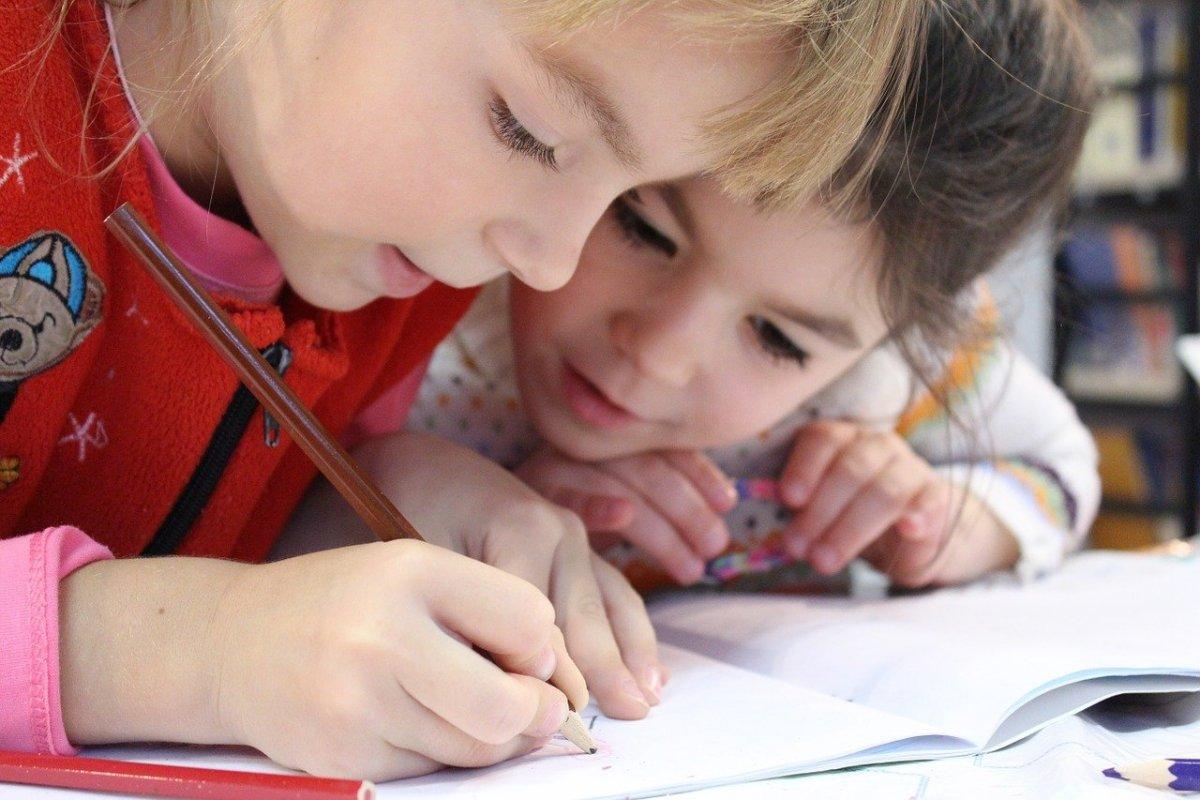
2. The first phase of Spanish education is primary school
At the age of 6, children have to start their school education in Spain. They go to “Educación Primaria”, or primary education / elementary school, for six years. It is divided into three cycles: the first cycle with 1st and 2nd grade, the second cycle with 3rd and 4th grade and the third cycle with 5th and 6th grade.
3. The subjects in Spanish primary education are very large
Spain is introducing their children to education with wide subjects. The most important of them are Spanish language and literature, mathematics and science, natural science and a first foreign language, mostly English. On top of that, kids learn about arts and crafts, human rights, ethical values and a second foreign language.
4. The second phase of Spanish education is secondary education
After six years of primary education, Spanish children enter the second phase of the system: secondary education. “Educación Secundaria” as it is called in Spanish consists of four years structured as two cycles. The first cycle is made up of 2 years, just like the second cycle, but this one also adds optional courses and more liberal studies.
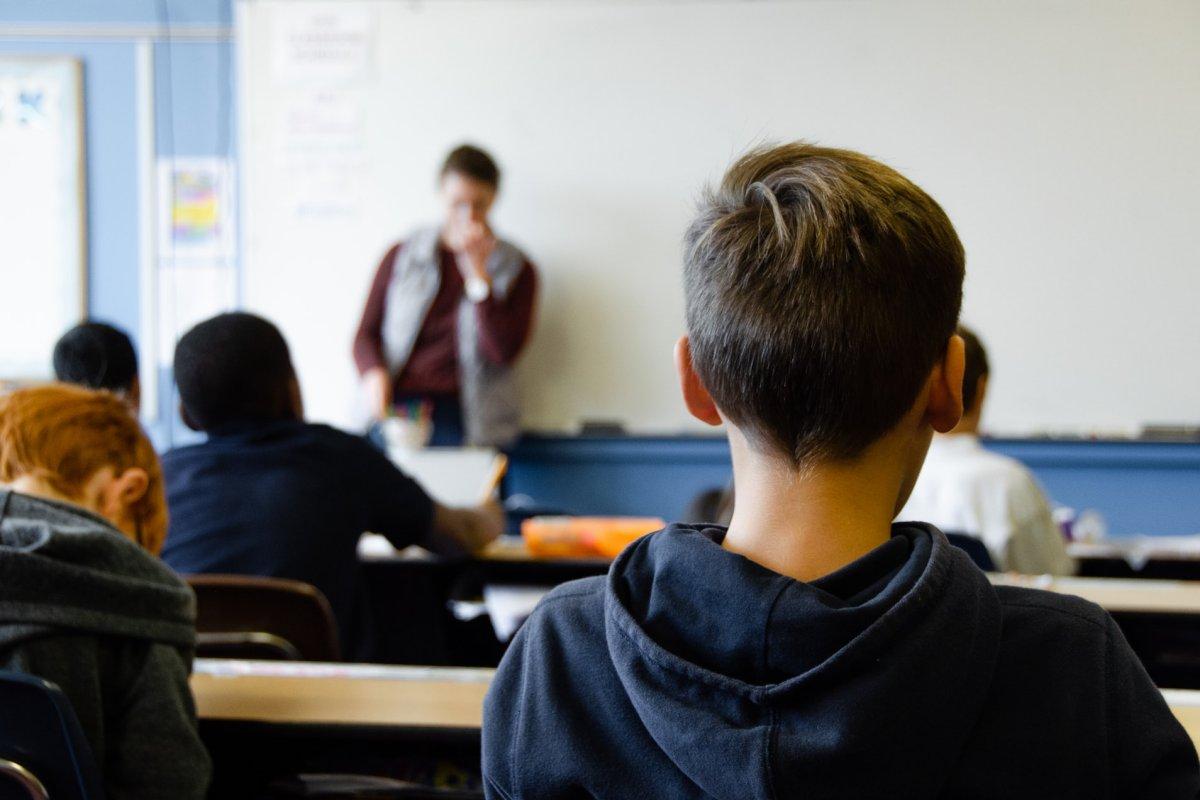
5. Students can choose many of their courses during secondary education
Compared to primary education, it is most likely that children are very happy during secondary education or ESO. While the first cycle is still quite general with core academic subjects as well as basic social science, the second cycle consists of liberal studies and optional courses on top of core subjects. This way, students can choose their specialization.
6. Preschools are encouraged but not mandatory in Spain
“Educación Infantil”, which is preschool education, is encouraged in Spain. Again, it is divided into two cycles based on the age of the child: from 0 to 3 years old, and from 3 to 6 years old. The first cycle takes place in daycare centers or preschools, called “Escuela Infantil”. The second cycle is located in “Centro de Educación Infantil y Primaria”.
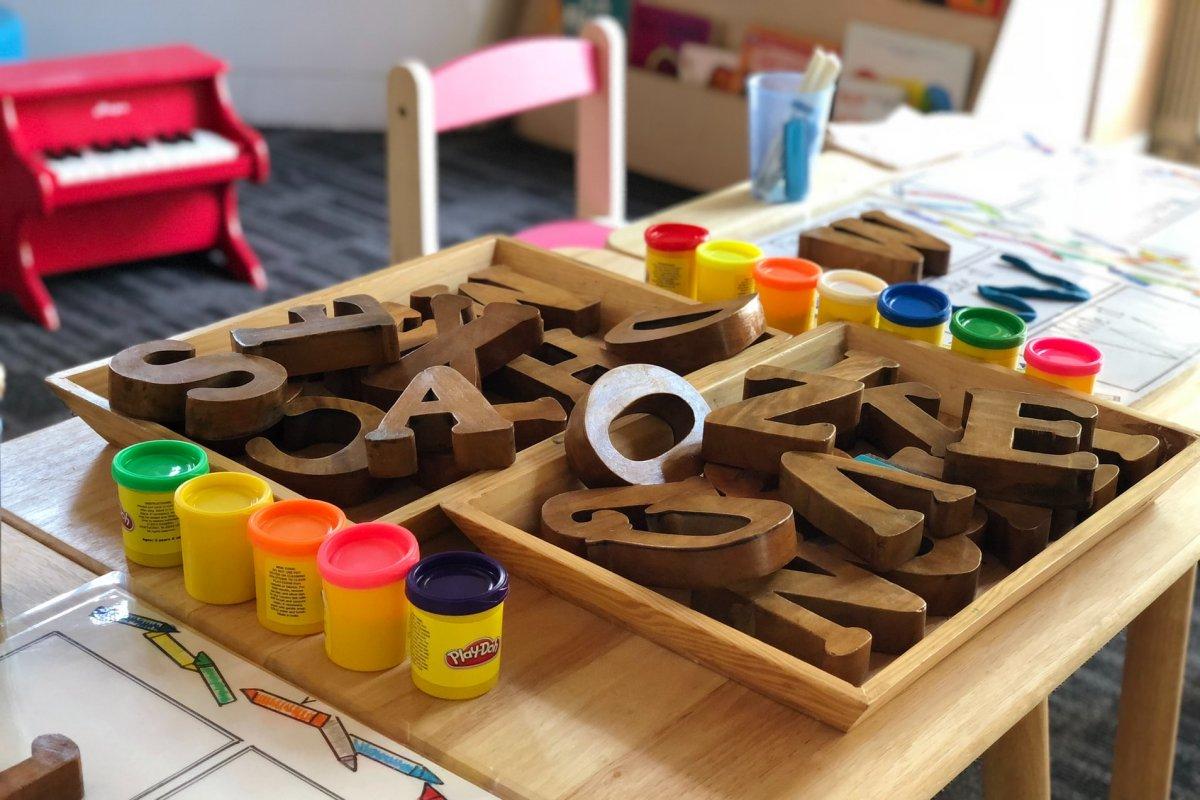
7. There are two optional years at the end of Spanish high school
Similar to many other countries, when children turn 16 they do not have to continue going to school. The last two years of Spanish high school are optional, and they are called “Bachillerato”, or Spanish baccalaureate. While they are not mandatory, if the student wants to attend university, he has no choice but to finish his or her Bachillerato.
8. There are many regional languages that are taught in schools in Spain
Some Spanish regions have a very strong identity. Just like in France with Alsace, Bretagne, or Corse, these regions have their own language. But it goes beyond that: not only do most people know how to speak it, and it is used in many public places, but children also learn it in schools.
9. Education is not completely free in Spain
While public schools are free in Spain, the first cycle of preschool education is not, most of the time. Sometimes, cities will pay for limited places, but they have no obligation to do so. Starting from the second cycle though, education is basically free in Spain.
10. To enter university, Spanish students need to take on an exam
As you already know, school is only mandatory until you are 16 in Spain. So what happens next? Well, students can take a University Entrance Exam, named “Pruebas de Acceso a la Universidad (PAU)”. Most people call it “La Selectividad”, and it is made of a general section as well as a specific section.

11. For foreigners, there are international schools in Spain
If you are a foreigner living in Spain, you can still access English education. International schools are spread throughout the country and are a great option if you do not plan to stay in Spain for a long time. However, the major downside is that these international schools are more expensive, as they are private.
12. Foreigners can also join local schools, of course
Just because you are not Spanish does not mean you can not join public schools like other children. While it could be hard for your kids at first, it is probably a better choice if you want to stay in Spain for a while. Young children can very easily learn a new language and will quickly become part of a new culture.
13. State schools are usually Catholic in Spain
While public schools are the most popular and the more economic choice for education, private schools can also be considered. Many of them are partially funded by the state, and they are usually Catholic. There is no real difference in terms of curriculum in private schools, and they teach in Spanish, just like local schools.
Read more: Learn more about religions in Spain
14. International schools are almost always fully independent
Both public and private schools are funded one way or another by the state. However, almost all of the international schools in Spain are completely independent. And although some are subsidized, most of them are more expensive. However, they have good perks like smaller class sizes as well as education in English.

15. Spanish children have lots of holidays
France is not the only country with lots of holidays. In Spain, kids can enjoy long breaks, especially during summer. The Spanish school year runs from mid-September to mid-June, which means they can rest for 3 entire months! On top of that, they have 3 terms of 11 weeks each, so they also have holidays throughout the year.
16. Even Spanish residents have several holidays to take care of their kids
If you really like holidays (who does not, though?), you could consider moving to Spain. There, not only do children enjoy long and regular holidays, but Spanish residents also observe several ones throughout the year to take care of their children. During both Christmas and Easter, kids have a two-week break.

17. Spanish schools are categorized in three ways
I have sort of already discussed this, but there are three categories of Spanish schools: state public schools that are fully funded by the state, privately-run schools which are still partly funded by the state as well as private investors, and finally purely private schools. 68 percent of Spanish students attend state schools, and only 6 percent go to purely private schools.
18. Though there are lots of holidays in Spain, the average school time is higher
You might think Spanish children are barely studying considering the incredible amount of holidays they can enjoy, but remember that Spain experiences more class time than the European Union average (1,045 hours, compared to 893 in high school, where the difference is the biggest). The OECD, Organization for Economic Co-operation and Development, also has lower school time averages.
19. Spanish students perform worse than others, on average
Students spend more time studying in Spain… but that does not look like it is a good idea! As a matter of fact, Spanish students perform worse on average than other countries (if you look at the results of the Program for International Student Assessment test). According to experts, students tend to merely memorize information instead of finding real solutions, and that is due to the failing teaching methods.
20. The enrollment rate falls a bit when it comes to tertiary education in Spain
Because tertiary education in Spain is neither compulsory nor free, it will not come as a surprise that the enrollment rate falls a bit from high school to university. The enrollment rate was above 90 percent at each level from pre-primary to secondary education, and it drops to 88.85 percent for tertiary education.
21. There are more girls than boys in Spanish education
Generally speaking, more girls than boys join Spanish schools at each stage of education. The difference is most surprising when it comes to tertiary education though: only 81 percent of males enroll, compared to 97 percent of females. This is probably due to culture, traditions and education in general in the country.
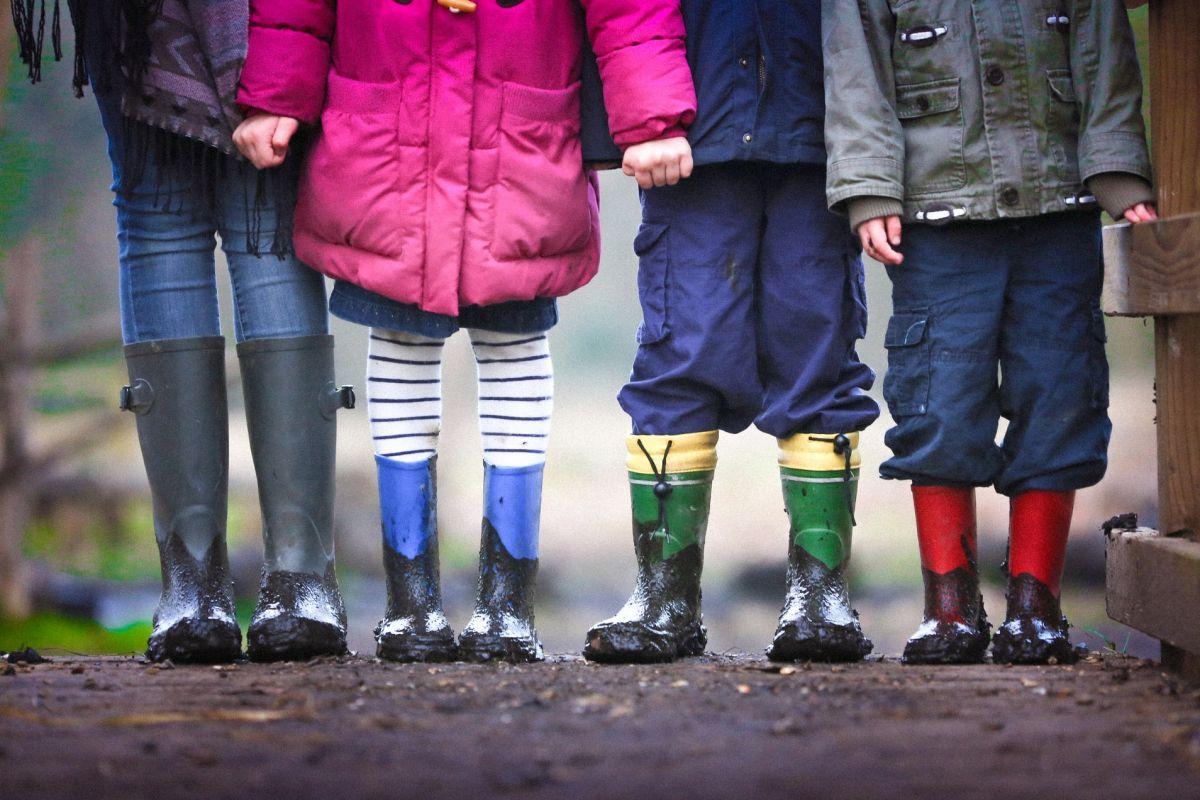
22. Spain faces the greatest number of school dropouts in the European Union
In the European Union, an average of 10 percent of students leave school early. Around 17 percent of Spanish students drop out of school, making it the #1 country in that matter in the European Union. The 4 next ones are Malta with 16 percent, Romania with a bit more than 15 percent, Bulgaria with 14 percent and Italy with 13.5 percent.
23. The Spanish government is spending less and less on education
Unfortunately for Spanish students, the tendency for the past few years has been less and less spendings on education. Since 2009, the government expenditure on education has steadily decreased: from 4.87 percent of the GDP to 4.21 percent in 2016, and this is only getting worse and worse. Spain is one of the worst countries in Europe when it comes to governmental education spending.
24. Catalonia has its own education system
Catalonia is very famous for its strong identity, and hopes for independence. In fact, Catalan, its language, is taught in schools. Ever since the 1970s, when Spain became a democracy, Catalonia was able to use its own education system. Catalonia is not the only place where Catalan is taught though, there are the Balearic Islands for instance.
Read more: Learn more about Catalonia
25. Studying in Spain could be a good choice
Spanish is one of the most spoken languages in the world, with over 500 million speakers. Just because of that, it could be a great idea to study in Spain, or at least to learn the language. On top of that, there are many old and highly prestigious private schools in Spain.
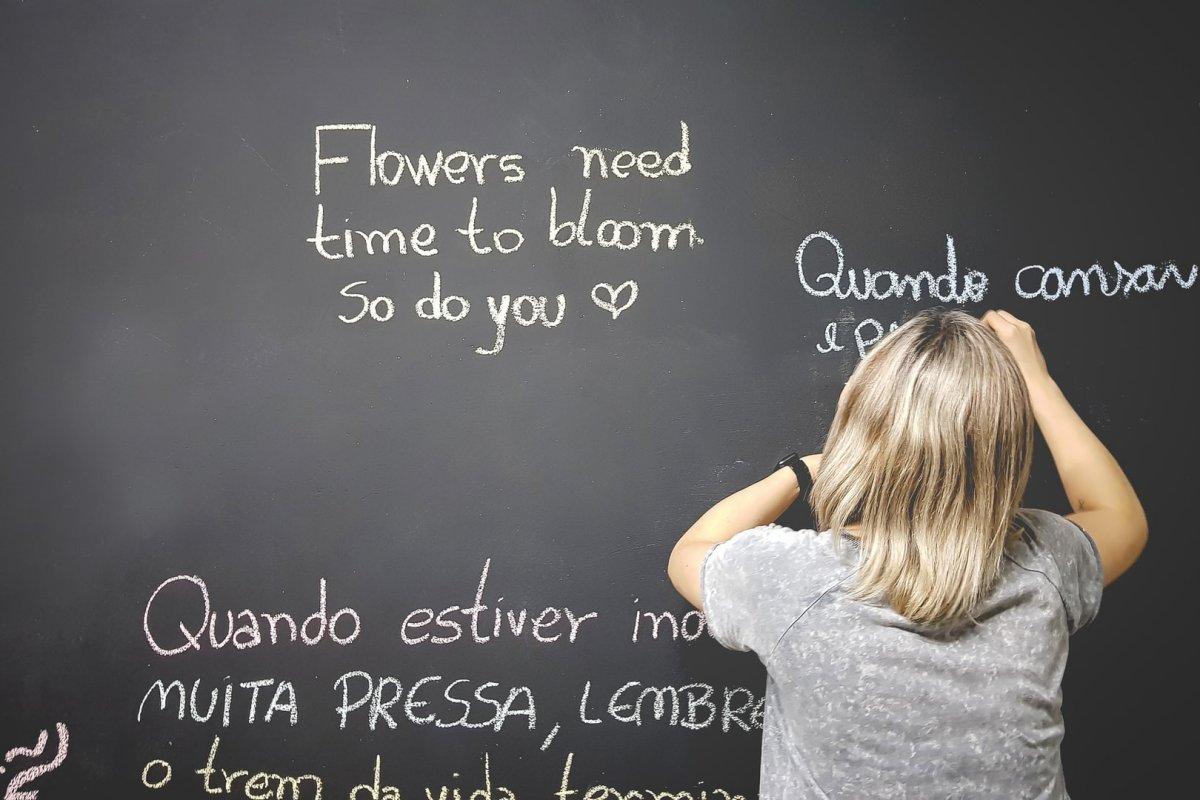
So there you have them, these were all my 25 interesting Spanish school facts. I hope you enjoyed them and that you learned something new today.
In case you want to learn more about the rest of the country, feel free to keep reading, as I still have lots of things to tell you about:
More Facts!
Did you like these Spain schools facts?
Well, I have more facts about Spain, I’m sure you’ll love reading them!
Here’s the main guide of the best Spain facts 👉 All the Facts about Spain
Check out these facts by city/region:
- Facts about Madrid
- Facts about Catalonia
- Facts about Bilbao
- Facts about Barcelona
- Facts about Seville
- Facts about Malaga
- Facts about Granada
- Facts about Valencia
- Facts about Castilla la Mancha
Or these Spain facts by topic:
- Facts about Christmas in Spain
- Facts about la Semana Santa in Spain
- Facts about religion in Spain
- Facts about Spanish food
- Facts about the Spanish language
- Facts about bullfighting in Spain
- Facts about sports in Spain
- Facts about music in Spain
Or click here to see ALL the facts up on the blog! Spoiler alert: there’s A LOT of them.
The Full List of the 25 Facts About Schools in Spain
- Education is mandatory in Spain
- The first phase of Spanish education is primary school
- The subjects in Spanish primary education are very large
- The second phase of Spanish education is secondary education
- Students can choose many of their courses during secondary education
- Preschools are encouraged but not mandatory in Spain
- There are two optional years at the end of Spanish high school
- There are many regional languages that are taught in schools in Spain
- Education is not completely free in Spain
- To enter university, Spanish students need to take on an exam
- For foreigners, there are international schools in Spain
- Foreigners can also join local schools, of course
- State schools are usually Catholic in Spain
- International schools are almost always fully independent
- Spanish children have lots of holidays
- Even Spanish residents have several holidays to take care of their kids
- Spanish schools are categorized in three ways
- Though there are lots of holidays in Spain, the average school time is higher
- Spanish students perform worse than others, on average
- The enrollment rate falls a bit when it comes to tertiary education in Spain
- There are more girls than boys in Spanish education
- Spain faces the greatest number of school dropouts in the European Union
- The Spanish government is spending less and less on education
- Catalonia has its own education system
- Studying in Spain could be a good choice
Share the knowledge! Click on the buttons below to share these facts with your friends, and help them learn more about the world 🙂


![13 Zimbabwe Education Facts [100% true]](https://www.kevmrc.com/wp-content/uploads/2022/05/13-zimbabwe-education-facts.jpg)
